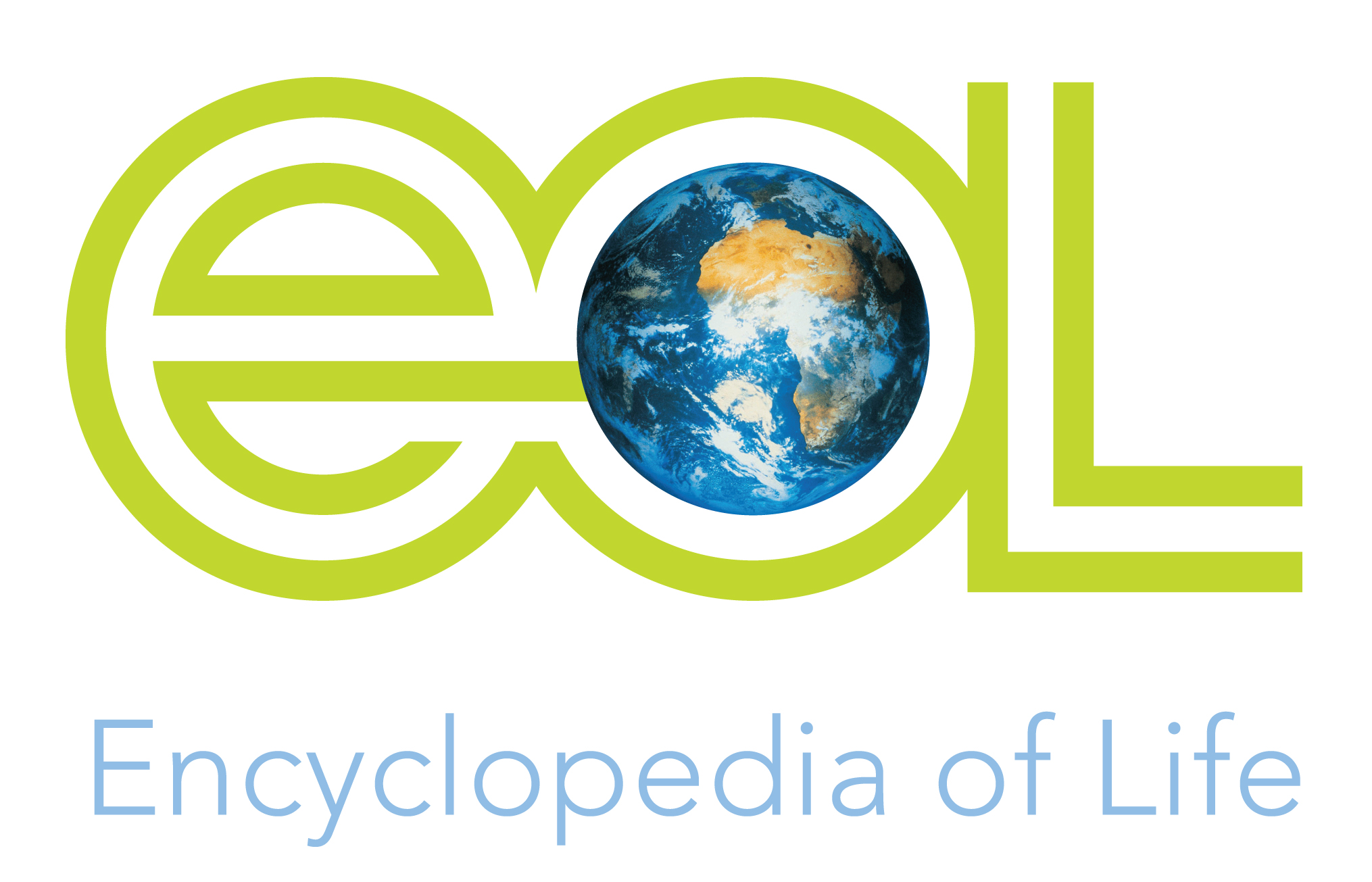habitat_narrative
Terrestrial
Chersobius signatus occurs predominantly in the winter rainfall region of the northwestern Succulent Karoo and Fynbos biomes along the West Coast and adjacent inland of South Africa. It is found from a few metres above sea level on the West Coast to elevations of around 1,000 m in the interior at Springbok, Loeriesfontein-Calvinia, and the Cederberg Range (Boycott 1989). The species shows a particular preference for rocky terrain (Loehr 2002a), which includes typical Namaqualand and Hardeveld granite koppies in the north, and typical Sandveld and Cederberg sandstone koppies and rocky ridges in the south. It occurs in low to medium-high Namaqualand succulent blomveld and heuweltjieveld, and fynbos and strandveld shrub vegetation, both in the Succulent Karoo and Fynbos biomes. The species prefers to shelter in rock crevices or under medium to large boulders and rock slabs (Loehr 2002a), a behavior that provides protection to these small tortoises against temperature extremes (Loehr 2017b) and predation. Chersobius signatus has very small home ranges (average 3,470 square meters = 0.35 ha) and short daily movement distances (30-50 m) compared to other tortoises (Loehr 2015).
Chersobius signatus is a very small tortoise species: straight carapace lengths are 52-110 mm and 52-96 mm for females and males, respectively. Growth rates are higher for juveniles and females than for males, but growth rates are low and affected by rainfall. Females need 11-12 years to mature, which is substantially longer than expected for such a small tortoise (Loehr et al. 2007a). Generation time is estimated as 25 years. During years of drought, individuals have low body conditions (Loehr et al. 2007b) and experience negative growth (they can shrink), which holds serious consequences for female fecundity if the occurrences of drought intensify in the future (Loehr et al. 2007a, 2009). Females produce one large egg (up to 11.9% of body volume) at a time and may lay more than one clutch during their nesting season in the spring. Rainfall influences egg production and fewer females are gravid in years of low rainfall (Loehr et al. 2011).
Chersobius signatus feeds on a broad range of plant species, which includes the flowers, leaves, and stems of forbs, grasses, succulents, and shrubs (Loehr 2002b, 2006). A 15-year study at a small site within a larger area with suitable habitat near Springbok indicated that the population consisted of transient and resident individuals, with a relatively high survival rate for adults, but slightly lower survival for females than for males (Loehr 2010, 2017a). It appeared that periodic droughts did not directly influence survival of juveniles and adults (Loehr 2010). Chersobius signatus basks for long periods to maintain relatively high body temperatures in the winter and spring, the time of the year when food is abundant. Females appear to have higher body temperature than males through most of the year, possibly to enhance follicle and egg development in winter and spring (Loehr 2012).

